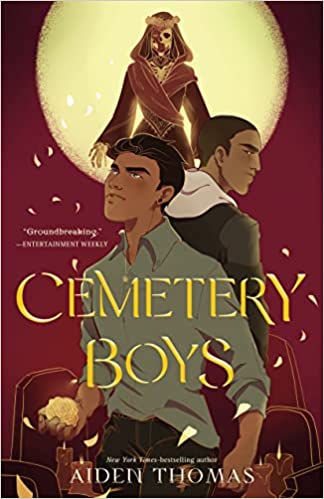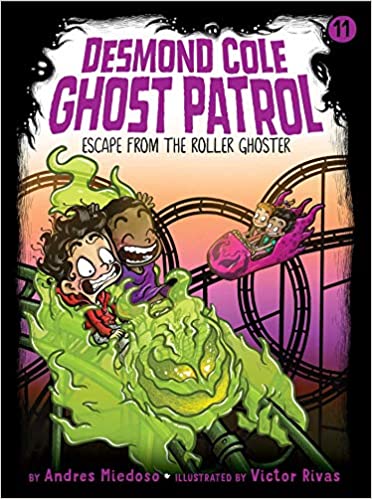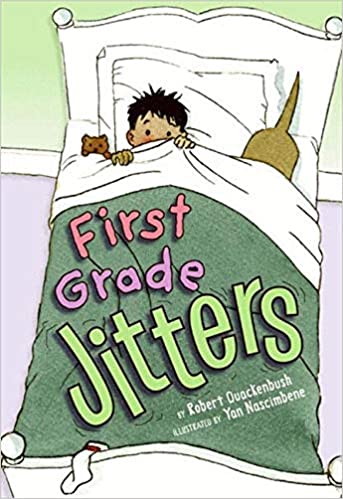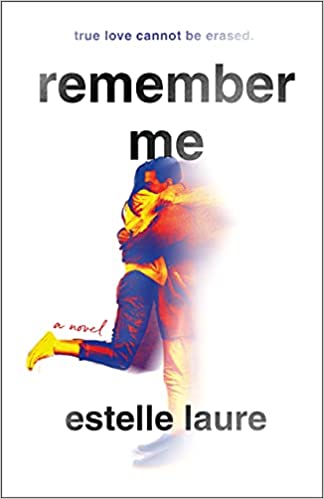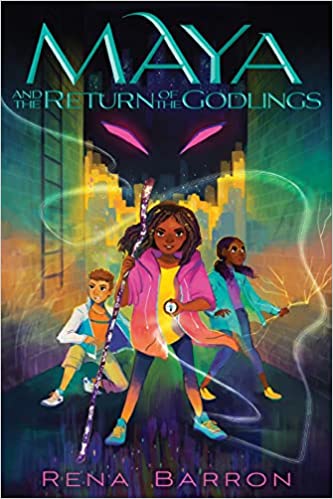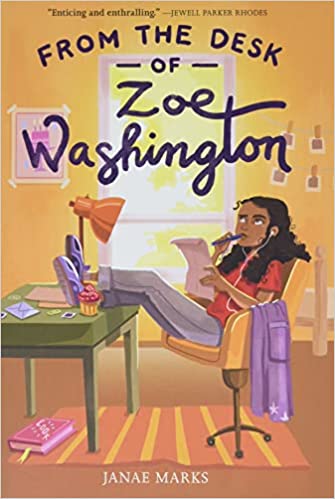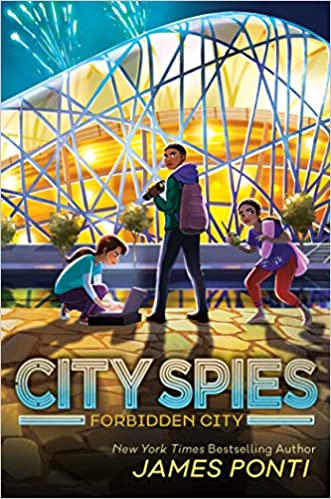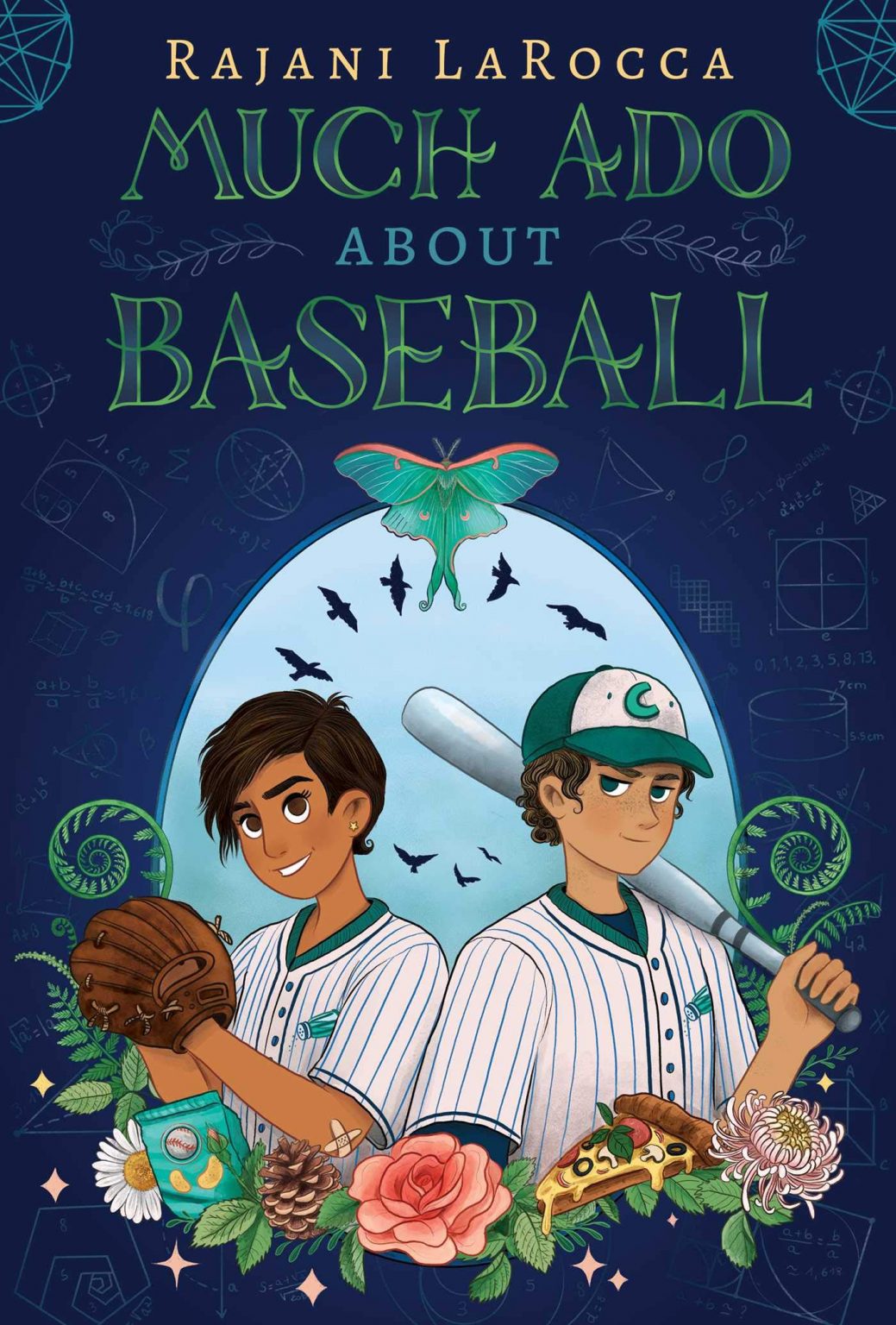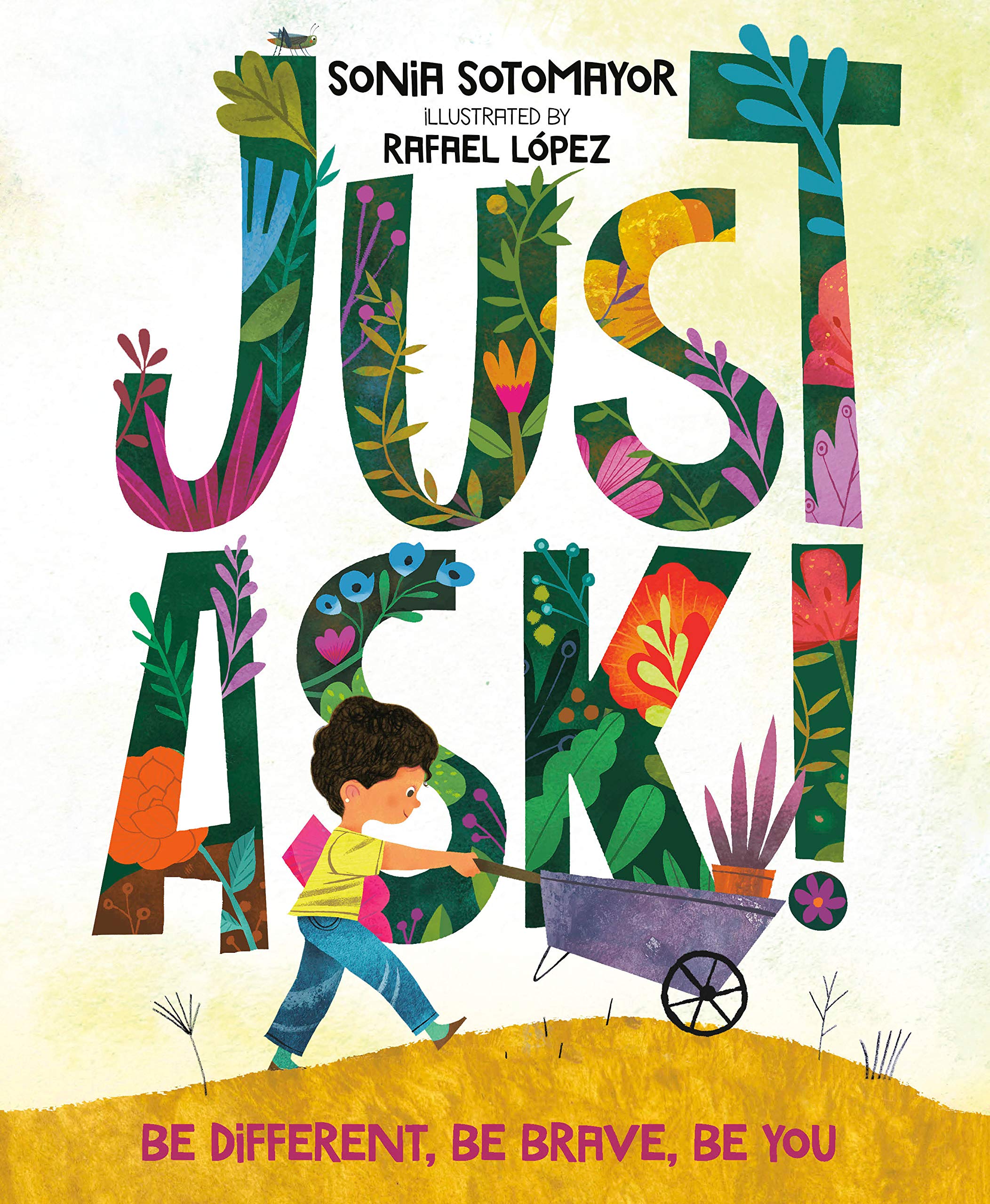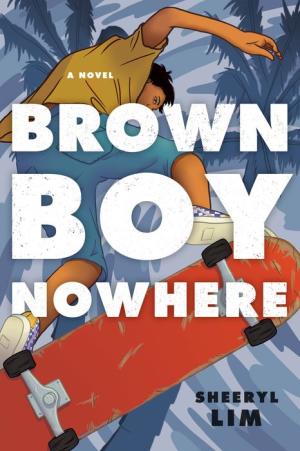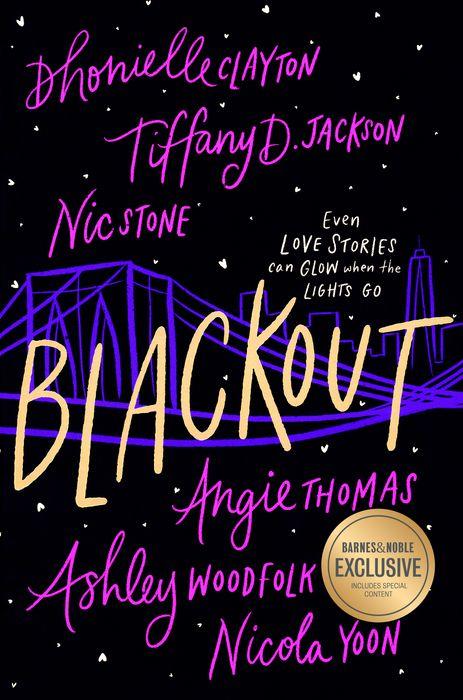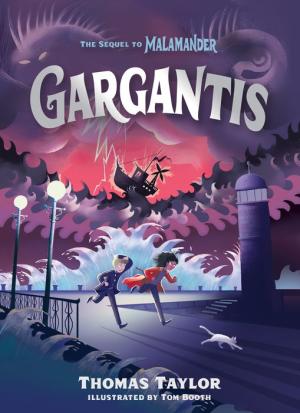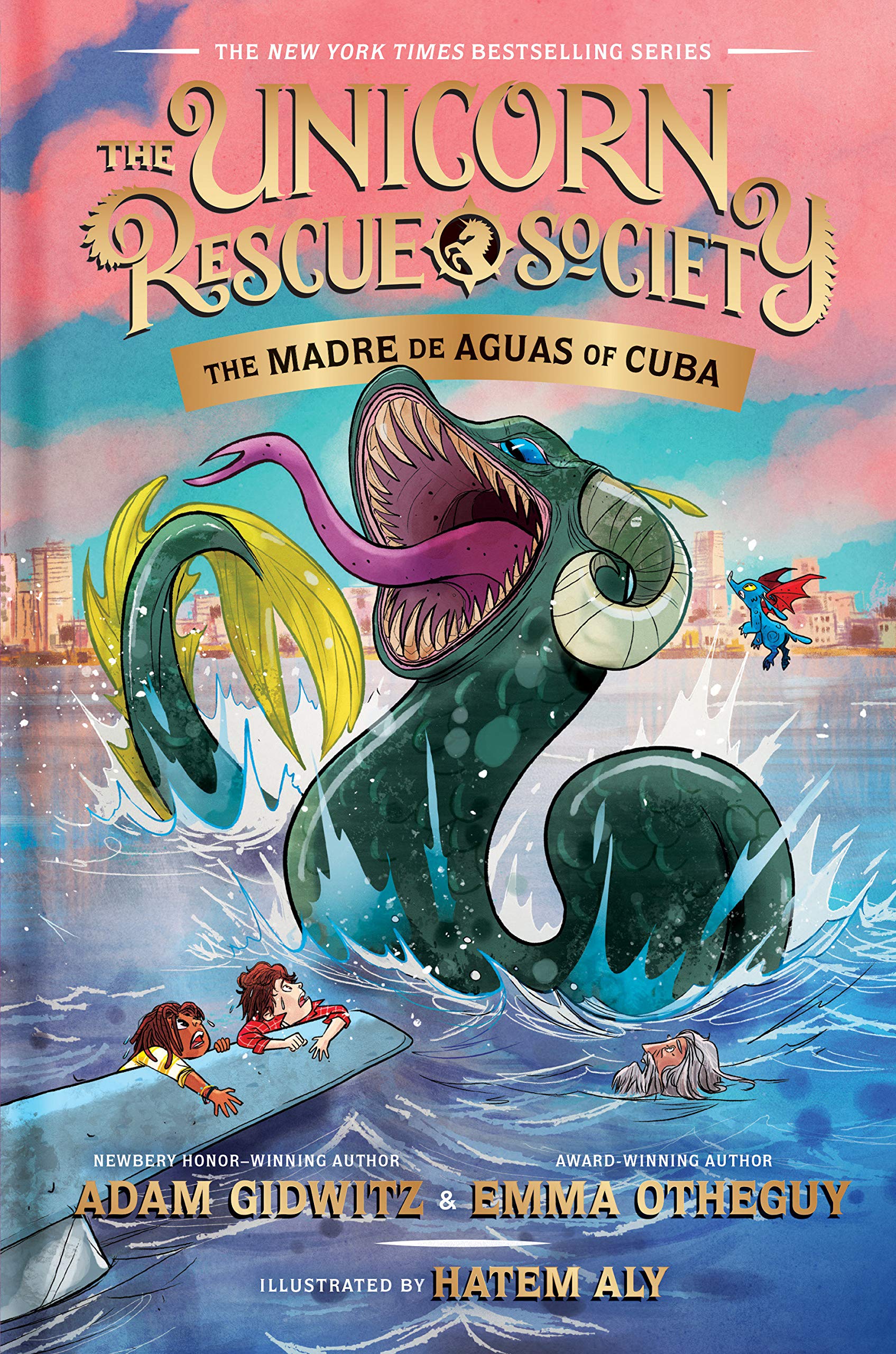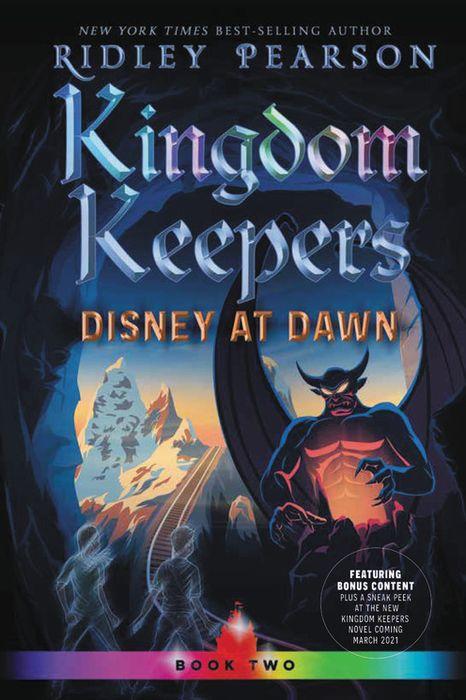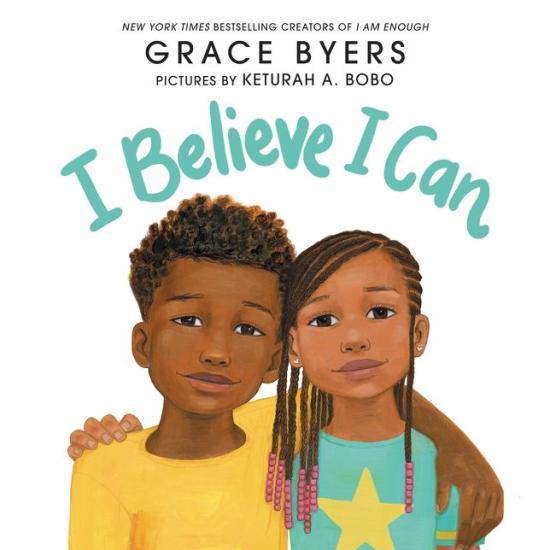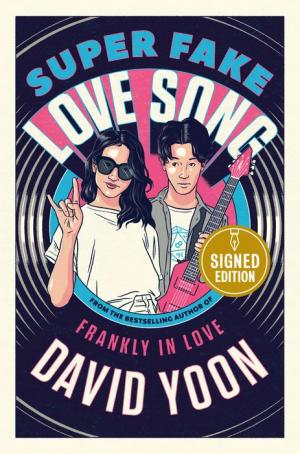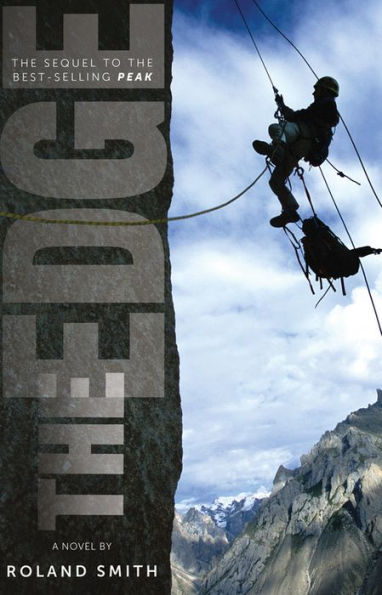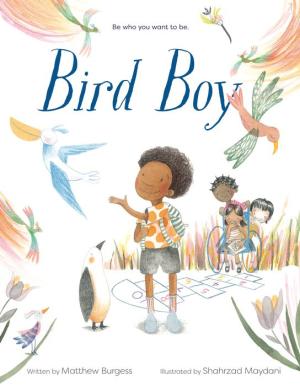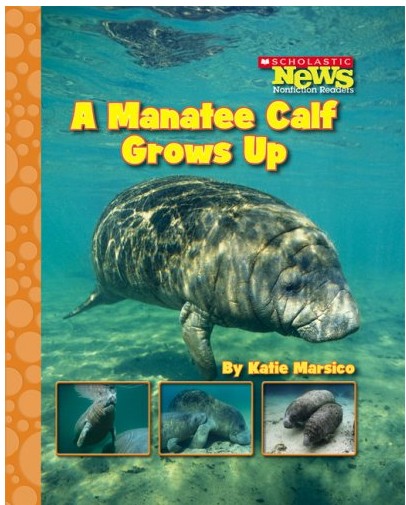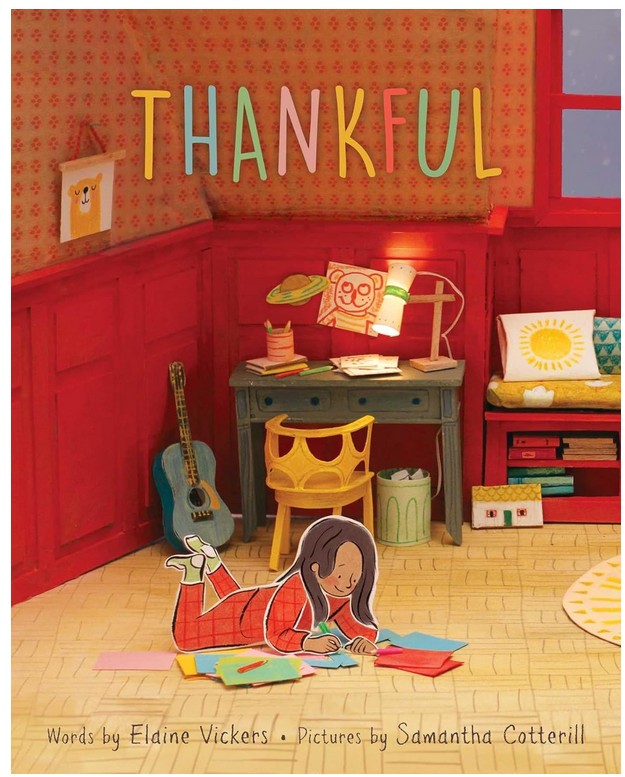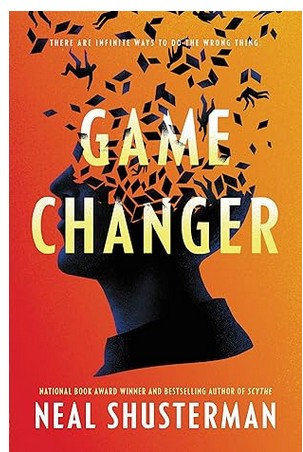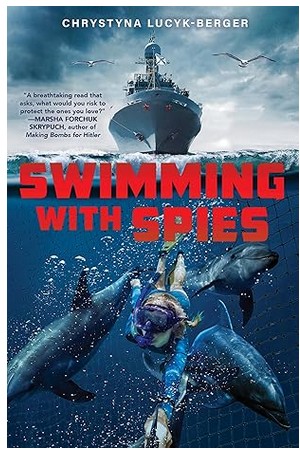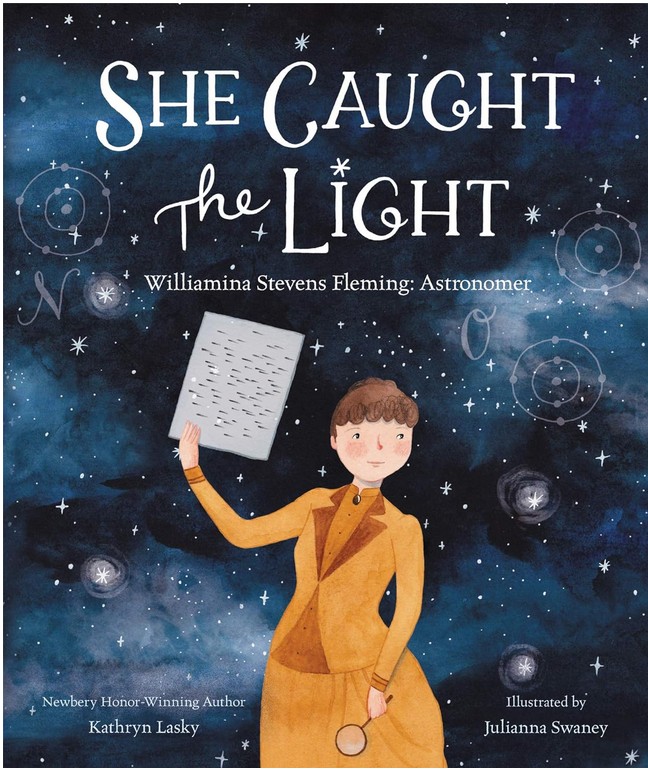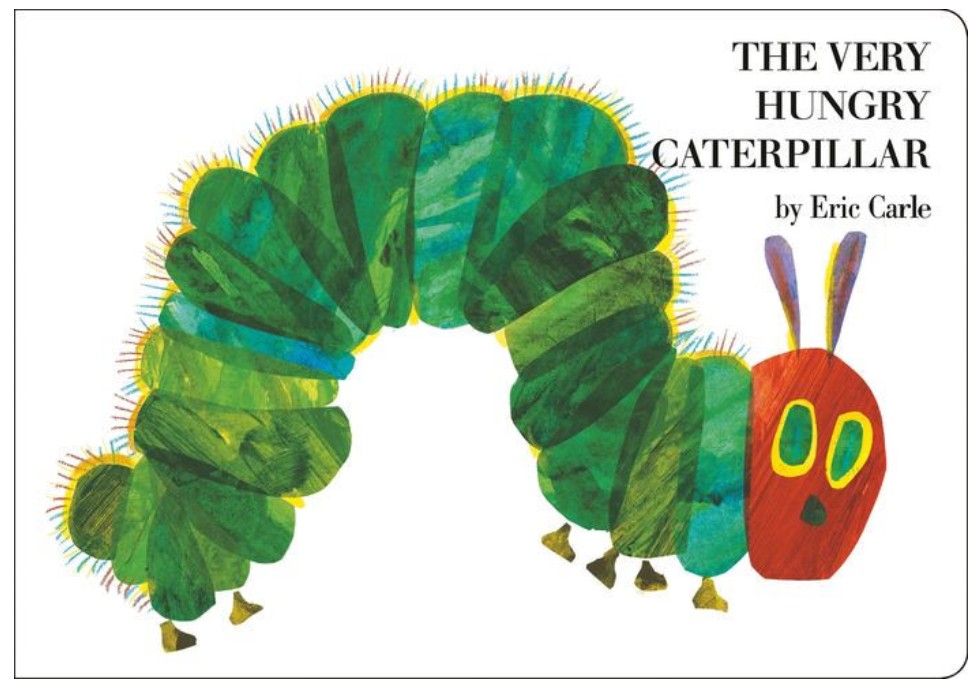Sixteen-year-old Yadriel’s family doesn’t accept his true gender. Despite this, he’s determined to prove to his family that he is a real brujo. Yardriel embarks on a mission to help a spirit cross over to the land of the dead. However, instead of summoning his cousin, Yadriel summons the ghost of his school’s bad boy, Julian Diaz.
Julian agrees to let Yadriel release his spirit, but only after Julian does a few things first. During their time together, the pair grow closer and begin to develop feelings for each other. However, Yadriel, Julian, and his friend, Maritza, slowly begin to realize that Julian’s death might be linked with a series of disappearances across East LA. What could be causing them? Will Yadriel’s family ever fully accept him? And will Yadriel be able to set Julian’s spirit free to the afterlife?
Cemetery Boys is an excellent introduction to the genre of magical realism mixed with a sweet and genuine, if somewhat saccharine, YA love story. The fantastical elements of brujo magic remain consistent throughout the story and helps the reader clearly understand what can be accomplished by magic, but the realistic elements are where Thomas’s writing truly shines. They convey a down-to-earth story of a young man seeking acceptance from his traditional family. In addition, the author interweaves several problems that Latinx teenagers face in East LA.
Julian discusses how his friend, Luca, was sucked into a gang. Julian and his friends “didn’t see [Luca] for weeks and his parents didn’t care . . . By the time we tracked him down, he was living in a drug den and had gotten branded with tattoos.” Julian also talks about how his friend’s parents were deported. His friend was “the only one who’s got parents that actually like him . . . But they got deported . . . They sacrificed everything to get to the US and make sure Omar had a better life than them.” In addition, Julian is incredibly open about his rough relationship with his brother, Rio.
Thomas excellently disperses the more upsetting material among scenes of Yadriel and Julian growing closer. The pair go on an Odyssey of cute moments and teenage shenanigans, which makes them and their relationship both believable and sweet. Because of their relationships, Yadriel gains confidence and learns the importance of accepting himself.
Yadriel and his friends—Julian, and Maritza—are strong role models for teenagers because they do what they believe is right, even if it is not easy or socially acceptable. For example, Yadriel goes against his family’s wishes by investigating the death of his cousin. Maritza sticks to her values as a vegan even though she cannot use her magic abilities effectively, since her healing abilities depend on her using animal blood. Plus, Julian chooses to stay in the land of the living in order to help Yadriel prove himself as a brujo.
Cemetery Boys is deeply rooted within Latin American culture, especially through its supernatural elements. Latin American folktales are also sprinkled throughout the story. Additionally, a lot of Spanish is spoken within the book, especially when Yadriel performs magic. While this novel can be easily enjoyed without being bilingual, having some knowledge of both Latin American culture and the Spanish language enhances the reading experience.
Thomas successfully creates a story within the genre of magical realism that is both heart-wrenching and heartwarming. If your child is interested in urban fantasy or wants to read a book featuring diverse LGBTQ+ characters, Cemetery Boys is an excellent choice.
Sexual Content
- Yadriel kisses Julian. “Yadriel threw himself against Julian and wrapped his arms around his neck kissing him fervently. He felt Julian’s smile under his lips . . . Someone let out a low whistle.”
Violence
- Animal blood is used in several of the brujo rituals. For example, when Yadriel performs a ritual to summon Lady Death, “The black Hydro Flask full of chicken blood thumped against Yadriel’s hip . . . the rest of his supplies for the ceremony were tucked away inside his backpack.”
- Yadriel cuts himself to offer his blood to Lady Death in order to summon her. “Yadriel opened his mouth and pressed the tip of the blade to his tongue until it bit into him.” He then puts this blood into a bowl.
- When Yadriel attempts to heal an injured cat, the ritual backfires and hurts the cat, causing it to bleed. Yadriel “could still picture the drops of scarlet on his mother’s white skirt. The terrible yowl. The sudden, sharp pain of the poor cat piercing into his head.” The cat is later healed by Yadriel’s mother and survives the encounter.
- When Julian dies, there is “thrashing and pain on Julian’s face. The blood seeping through his shirt. His gasps for breath.” When Julian’s body is found “right above his heart, was a dagger.” Later, Julian finds out his Uncle Catriz killed Julian to be used in a sacrifice to gain powers offered by Xibalba, a jaguar spirit who seeks human sacrifices in exchange for preserving the world and granting power. Yadriel later resurrects Julian and he makes a full recovery.
- Catriz kills three other people. When they die, the stone under them is “streaked with dark, dried up blood.” Yadriel resurrects them when he resurrects Julian.
- Yadriel’s evil uncle is dragged to a hellish realm by Xibalba. The spirit “sank its teeth into Catriz’s shoulder, molten eyes blazing. A scream ripped through Catriz, the whites of his eyes surrounding his dark pupils. With a lurch, the jaguar dragged him down. Catriz’s howls turn to wet gurgles as he was pulled below the surface. Dark blood and water spilled across the floor in a wave.”
Drugs and Alcohol
- In a ritual to call upon Lady Death, Yadriel uses tequila. “Yadriel had nicked a mini bottle of Cabrito tequila from one of the boxes that had been gathered for the Día de Muertos ofrendas.”
- Yadriel carries alcohol that he uses in rituals. At one point he says, “Last thing I need is to get caught by campus security with alcohol and a knife in my backpack.”
- Yadriel goes to a bonfire where there are “illegal substances” and alcohol.
- People spread rumors that Julian’s older brother, Rio, is a drug dealer. These rumors are false.
- While in the hospital, Julian is put on a sedative which causes, “a thick fog in his head, dulling his senses.”
Language
- Profanity is used occasionally. Profanity includes asshole, badass, fuck, hell, and shitty.
- When Julian sees Yadriel’s cat for the first time, he jokingly says, “Holy shit . . . That’s one messed-up looking cat!”
- Julian tells his friend, “You got shitty taste in music, by the way.”
- Someone calls Julian “a real asshole.”
- After Yadriel questions why Julian doesn’t have a girlfriend, Julian says, “Because I’m gay, asshole.”
- Julian, a gay man, says “Queer folks are like wolves . . . We travel in packs.”
- After Julian has an outburst, Yadriel says, “What kind of machismo bullshit was that?”
Supernatural
- The premise of the novel is centered around summoning ghosts, magical powers, and the idea of an afterlife. Some rituals include summoning Lady Death, releasing spirits into the afterlife, and healing other people. Many of these rituals involve food and alcohol, and some involve blood.
- Portajes, either daggers or rosaries, are used to release spirits into the land of the dead or heal people.
- Quinces, fifteenth birthday celebrations, are when most brujos receive their powers from Lady Death.
- Yadriel’s aunt tells him a story about Xibalba , a jaguar spirit who seeks human sacrifices in exchange for preserving the world and granting power. “Without human sacrifices to satiate his hunger, he threatened to unmake the land of the living.” Xibalba later enters the mortal plane to receive Catriz’s human sacrifices and, when Catriz fails to provide them, drags Catriz into his domain.
by Mia Stryker
